 [Image: "The ghost cinema" by Phill Davison, used through Creative Commons].
[Image: "The ghost cinema" by Phill Davison, used through Creative Commons].An article posted today on
New Scientist suggests that, over the course of a 150-minute film, audience members will miss an incredible
fifteen minutes simply through the act of blinking – but also that people watching a film tend to blink at the same time.
It's called "synchronized blinking," and it means that "we subconsciously control the timing of blinks to make sure we don't miss anything important" – with the addendum that, "because we tend to watch films in a similar way, moviegoers often blink in unison." That is, they blink during "non-critical" moments of plot or action, creating a kind of perceptual cutting-room floor.
On the one hand, then, I'm curious if this means that clever editors, like something out of
Fight Club, might be able to insert strange things into those predicted moments of cinematic calm – moments deemed safe for blinking – simply to see if anyone notices, but I'm also left wondering if there is an architectural equivalent to this: a spatial moment inside a building in which it seems safest for us to blink.
In other words, do people
not blink when they first walk into a space like Rome's
Pantheon or into Grand Central Station – or is that exactly when they
do blink, as if visually marking for themselves a transition from exterior to interior?
It would seem, then, that if film has moments of synchronized blinking, then so might architecture – but when do we choose to blink when experiencing architectural space, and do those moments tend to occur for all of us at the same time?
How could we test this?
 [Image: The Pantheon, photographed by Nicola Twilley].
[Image: The Pantheon, photographed by Nicola Twilley].Further, if there is, in fact, a moment inside a building somewhere where almost literally everyone blinks– say, in the lobby of the Museum of Modern Art, or in a bathroom corridor in the history building at your own university – could we say that that space is somehow yet to be fully seen?
It is the spatial equivalent of those fifteen minutes of a film that no one realized they missed.
After all, perhaps there's a detail in your own house that you've never actually seen before – and it's because you tend to blink as you walk past it. Your own body assumes, outside conscious awareness, that this must be a safe space for blinking; it's near a window, or the colors are very dull. Perhaps that's how spiderwebs build up: you literally don't see them.
On a much larger scale, meanwhile, are there stretches of highway somewhere outside town where the scenery gets a bit boring – and so everyone starts to blink, more or less at the same time, thus visually removing from collective cultural awareness that McDonald's, or that abandoned house, tucked away over there beside the trees?
And could you locate that exact moment of blindness – could you find blinkspots throughout the urban fabric – and start to build things there? Architecture becomes a three-dimensional test landscape for the neurology of blinking.
 [Image: A human blink, via Wikipedia].
[Image: A human blink, via Wikipedia].For instance, if people driving 65 mph travel, say, five feet with every blink, then what spatial and architectural possibilities exist within that five feet?
What are the spatial possibilities of the blink?
I'm reminded of certain zoning laws in which you need to consider the exact amount of shadow your building will cast on the neighborhood around it before beginning construction.
But what about
zoning for blinks? Can you zone a building for maximum blinks?
Or perhaps the opposite: a new genre of architecture, specially designed for Halloween fun houses, in which it's too stressful to close your eyes even for a micro-second...
(Spotted via @jimrossignol).



 Do you have a favorite house in your neighborhood? Maybe it's one you've never even been in but you always look at it longingly? This townhouse up the street has always intrigued me. I think I can honestly say it's my favorite house in Dupont Circle in this case. A bit quirky, the style doesn't really fit in with the stereotypical red brick Victorian rowhouses nor with the grand beaux arts mansions in this area. Instead -it combines the best features of both!
Do you have a favorite house in your neighborhood? Maybe it's one you've never even been in but you always look at it longingly? This townhouse up the street has always intrigued me. I think I can honestly say it's my favorite house in Dupont Circle in this case. A bit quirky, the style doesn't really fit in with the stereotypical red brick Victorian rowhouses nor with the grand beaux arts mansions in this area. Instead -it combines the best features of both! The plaque near the door says that it was built in the early 20th century for a local architect -HIS dream house: No wonder I have such a connection with it! Grand but not large with a beautiful garden to welcome you, I can only imagine how beautiful the insides is! Sometimes the mystery is the best part -I can conjur up my dream interiors to match the exterior!
The plaque near the door says that it was built in the early 20th century for a local architect -HIS dream house: No wonder I have such a connection with it! Grand but not large with a beautiful garden to welcome you, I can only imagine how beautiful the insides is! Sometimes the mystery is the best part -I can conjur up my dream interiors to match the exterior!
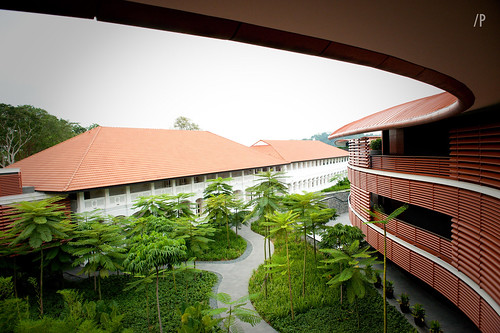
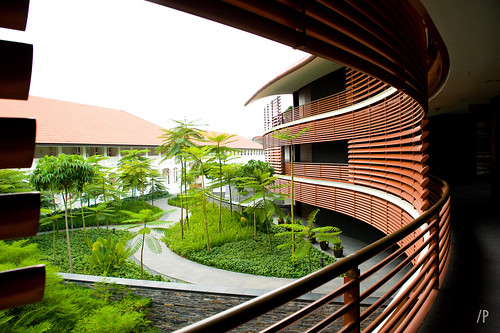
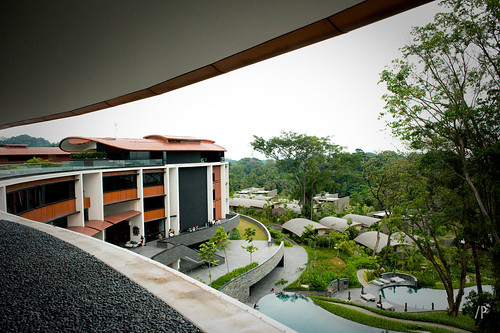
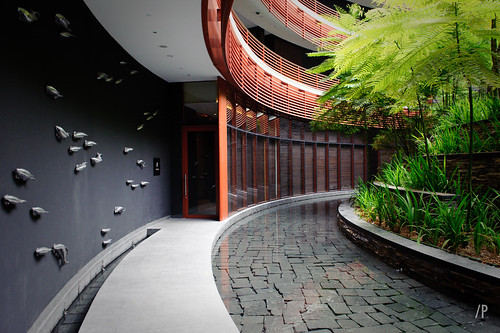

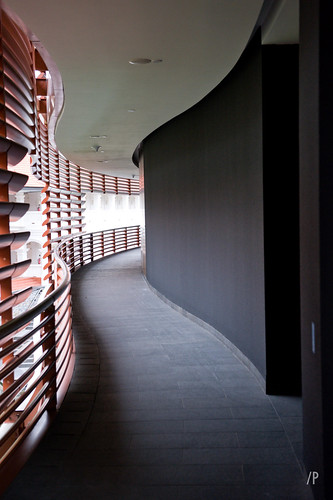

 [Image: The
[Image: The  [Image: "
[Image: " [Image: The Pantheon, photographed by
[Image: The Pantheon, photographed by  [Image: A human blink, via
[Image: A human blink, via 



 This past weekend I visited
This past weekend I visited  I was drawn to the museum for the
I was drawn to the museum for the  Here you can see the original structure, a 1897 Georgian revival townhouse which was Duncan's home. After the deaths of his father & brother, Duncan and his mother dedicated the collection to their memory. In 1930 the collection was becoming so large that they moved out of the house and devoted it entirely to the museum.
Here you can see the original structure, a 1897 Georgian revival townhouse which was Duncan's home. After the deaths of his father & brother, Duncan and his mother dedicated the collection to their memory. In 1930 the collection was becoming so large that they moved out of the house and devoted it entirely to the museum. Above is a work by Paul Gaugin -I just love the colors and besides, the meal just looks delicious. At the top of the post is of course 'Luncheon of the boating party' by Pierre-Auguste Renoir(1880-1881) which Duncan purchased in 1923 -the museum's most well known painting to this day but surely not its finest.
Above is a work by Paul Gaugin -I just love the colors and besides, the meal just looks delicious. At the top of the post is of course 'Luncheon of the boating party' by Pierre-Auguste Renoir(1880-1881) which Duncan purchased in 1923 -the museum's most well known painting to this day but surely not its finest. A painting by Chagall (my favorite artist).
A painting by Chagall (my favorite artist).













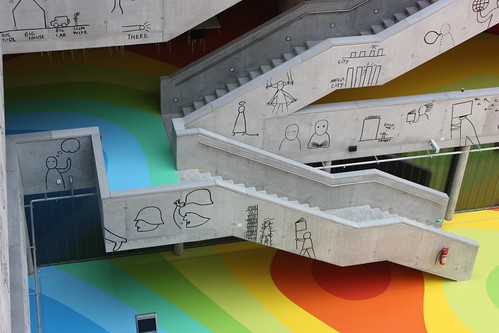










 A party pavilion idea that I got from a recent party by Mary Mcdonald.
A party pavilion idea that I got from a recent party by Mary Mcdonald. travel sketches
travel sketches an idea for a house sketched on the subway
an idea for a house sketched on the subway a field survey with measurements
a field survey with measurements
 A doorway in a house museum sketched quickly while I tried to walk along with the group!
A doorway in a house museum sketched quickly while I tried to walk along with the group! a little seaside cottage idea
a little seaside cottage idea idealized sketch of garden & conservatory from a recent magazine.
idealized sketch of garden & conservatory from a recent magazine. Idea for a dressing room closet system
Idea for a dressing room closet system chair designs
chair designs
 weird axonometric drawing of a neoclassical house - worms eye view I suppose
weird axonometric drawing of a neoclassical house - worms eye view I suppose plan of a NY penthouse apartment
plan of a NY penthouse apartment